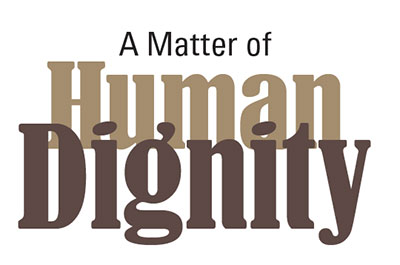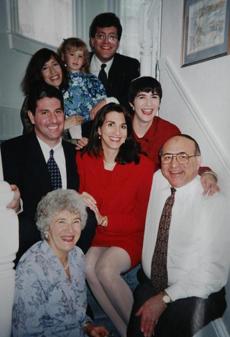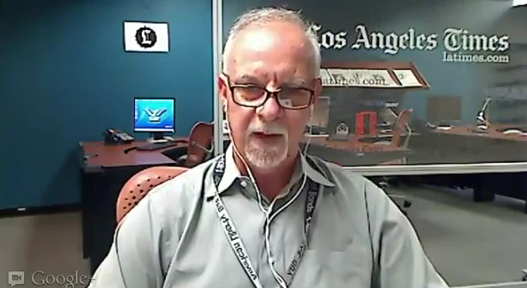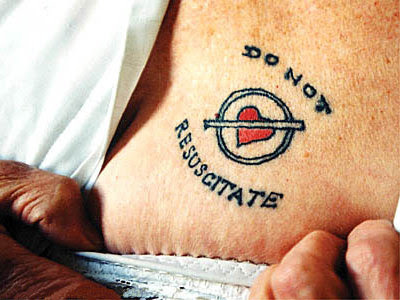By Charles E. Cady, Joseph Hansen and Steve Hargarten
This is in response to the Oct. 17 Journal Sentinel article “End-of-life medical care initiative prompts worries about abuse.” The current status of advanced planning for end-of-life decisions is a system that is woefully lacking, and where tools exist, they are of limited utility.
 Autonomy is a fundamental bioethical principle: Patients have the right to make decisions affecting their health care, including deciding on the level and type of care they want. The principle of autonomy is no more important than in end-of-life decisions.
Autonomy is a fundamental bioethical principle: Patients have the right to make decisions affecting their health care, including deciding on the level and type of care they want. The principle of autonomy is no more important than in end-of-life decisions.
These decisions should ultimately be made by the patient but clearly benefit from discussions with health care providers, family, religious leaders and others important in a patient’s life. These decisions should reflect the individual’s goals as guided by his or her personal values and beliefs.
The Wisconsin Medical Society’s Honoring Choices Wisconsin is in keeping with the importance of autonomy, and we fully support this. However, Physician’s Orders for Life Sustaining Treatment (POLST) also must be moved forward in Wisconsin.
As emergency medicine physicians, we have found that the current system of communicating end-of-life decisions is lacking. In practice, it is the opportunity for clear communication of a patient’s wishes at the end of life that is most challenging.
Wisconsin’s do-not-resuscitate (DNR) law is very limiting. While it is the only tool mandated to be recognized by paramedics and emergency physicians, its utility is minimal. The order is only active once a patient has lost his or her pulse (in other words, is already clinically dead) and only pertains to the withholding of CPR. It offers no assistance with regard to other care for a dying patient. Wisconsin advanced directives lack precision, are not orders that can be acted upon by a paramedic and can be very confusing in an emergency situation.
The power of attorney for health care (POAH) system is also imprecise. While this system is a very important component of end-of-life planning, it is limited in emergency situations. Following direction from POAHs is not permitted for paramedics. In an emergency situation, the POAH may also have a hard time remembering that decisions are to be based on the patient’s, not the POAH’s, wishes. Logistically, in an emergency, the POAH is often difficulty to contact.
Physician’s Orders for Life Sustaining Treatment are clear and concise orders that can (and should) be acted upon by emergency personnel. They have been successfully implemented legislatively in 15 states. They take the pressure away from a POAH to make decisions in an emergency and alleviate that sense of personal responsibility for death.
They eliminate the vagueness that is commonplace in current advance directives. They also provide for decisions about care before someone actually dies. Most important, they help plan for the last moments of a patient’s life when clarity in planning and comfort are paramount.
Along with our paramedic colleagues, we encounter patients at the end of life on a daily basis. We see that end-of-life planning is limited. When end-of-life wishes are clearly described, it is an honor to provide that care.
However, these situations are the exception rather then the rule. Consequently, our ability to follow a dying patient’s wishes is limited. The result is often prolonged, painful and futile efforts that may not be desired.
In order to avoid these painful situations and to promote discussion of end-of-life planning, we strongly support efforts to successfully implement POLST in Wisconsin.
Complete Article HERE!






